10 Portland Neighborhoods Where Poverty is Growing Fastest
Friday, December 05, 2014
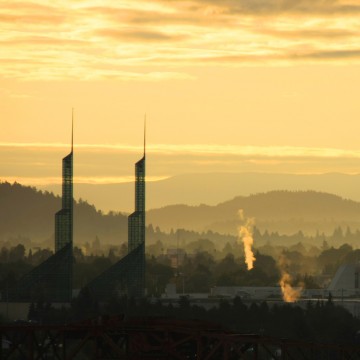
Poverty tracks in Portland more than doubled between 1970 and 2010, with residents inside the tracks tripling to reach almost 23,000, the report revealed.
Five Portland neighborhoods, organized by census tracks, had poverty rates grow from under 15 percent in 1970 to over 30 percent by 2010. Another five neighborhoods recently reached poverty levels of 30 percent in the last 40 years, according to City Observatory, a Portland-based urban policy think tank.
“We have people in communities who are frustrated with a lack of opportunity,” said Victor Merced, executive director of Hacienda CDC.“They are constantly bombarded with a negative cycle it’s hard to break out of. [The problem] just feeds on itself, almost like a cancer.”
Slides Below: Neighborhoods in the Metro Area with Persistent or Rapidly Growing Poverty
Portland's persistent and rapidly growing areas of poverty are located in the city center and inner Northeast and North Portland.
Within the entire Portland metro area, other poor neighborhoods were along the river in Vancouver and outer East Portland in Gresham.
Factors like flat wages and lack of jobs for the uneducated have contributed to increased poverty in Portland, according to Merced. City and community groups are debating new ways to decrease poverty without gentrification.
Gentrification Not the Answer
Neighborhoods revitalized through gentrification do not do enough to improve the lives of people living in poverty, according to the City Observatory report.
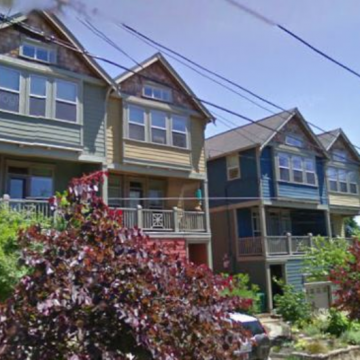
Gentrification has happened slowly in Portland over time, according to Carl Abbot, an urban studies and planning research with Portland State University. Many homes in Northeast Portland were devalued during the 1990s after the housing market crashed in the late ‘80s, Abbott said. This allowed homeowners to make quick profits selling their homes, driving up prices and upgrading neighborhoods.
Although no one can stop gentrification from happening, community leaders are experimenting with ways of improving neighborhoods without displacing poor residents, Merced said.
“When addressing gentrification, you’re talking about a class battle between the poor versus institutions not of the same make and it’s always the poor who lose out,” Merced said. “If we believe in fairness and equality in this country we ought to be addressing [displacement] in our discussion.”
Alternative Solutions
Improving support systems for poorer neighborhoods helps produce positive results.
20 years ago, Hacienda CDC took over the Clara Vista Apartments in the Killingsworth neighborhood, an area with high rates of crime, drug use, and prostitution, Merced said. However, he said after adding low income housing, along with health and community centers, the neighborhood saw a drop in crime and rise in resident moral.
Urban planners have been looking for different routes to stop growing poverty in Portland.
“It’s an area of a lot of conversation,” Mara Gross, executive director of the Collation for a Livable Future said. “A lot of people and organizations are working to support communities by improving their opportunities in a way that allows people to stay.”
There are a few ways to help neighborhoods without causing displacement, according to Tom Armstrong, supervisor planning with the Portland Bureau of Sustainability and Planning.
Providing affordable housing for families and increasing job development, especially in sectors that don’t require high levels of education, are effective ways to decrease poverty, Armstrong said.
Merced said increasing these alternative practices will not only help poor neighborhoods, but the people who live there.
“People are starting to feel empowered and their lives are better,” Merced said. “It makes a case you can change these neighborhoods around.”
Related Slideshow: 15 Portland Area Neighborhoods With Fastest Growing Poverty
A report from the City Observatory revealed the increasing poverty rates in the Portland metro-area for census tracks. Find which areas saw the highest increases in poverty.

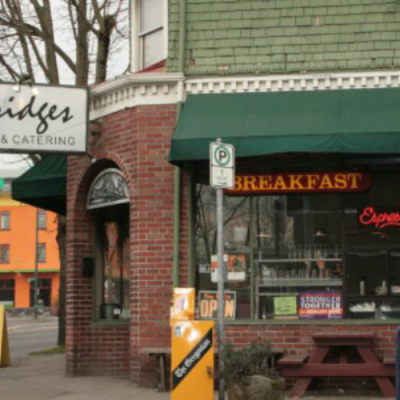
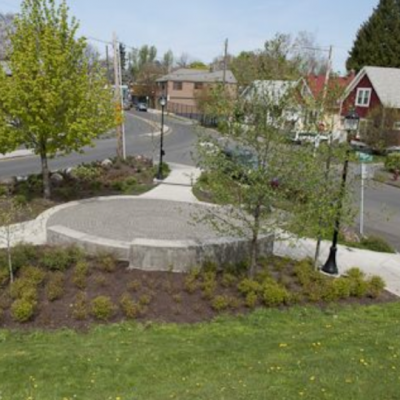
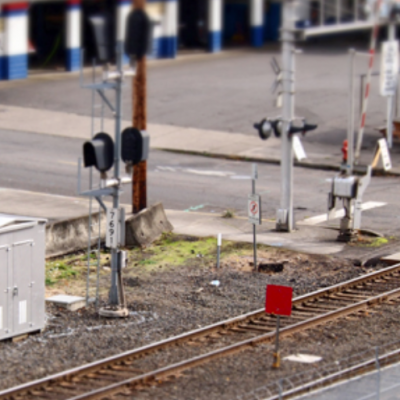
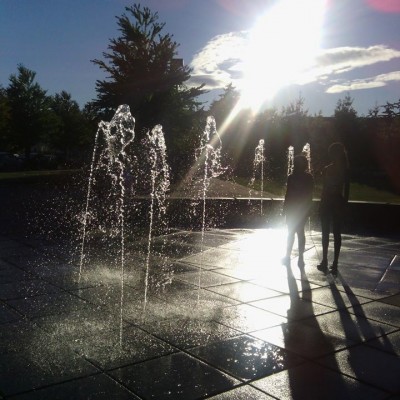
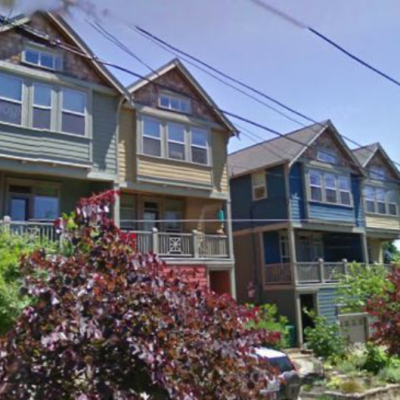
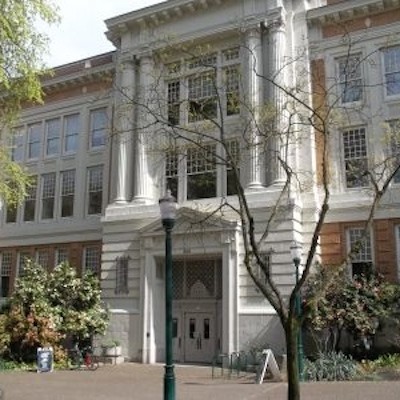
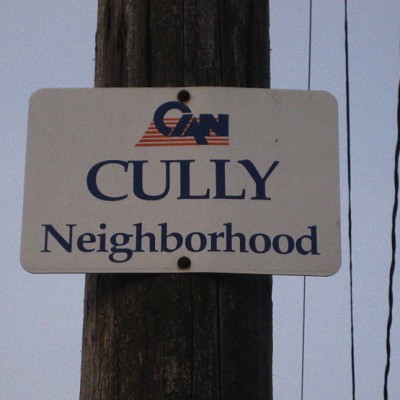

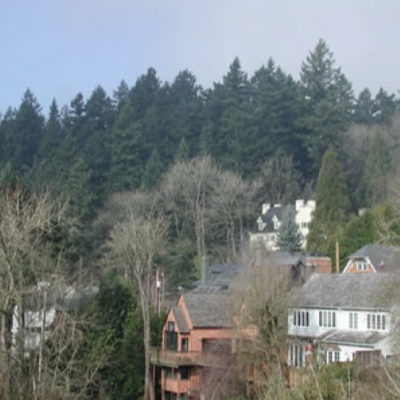
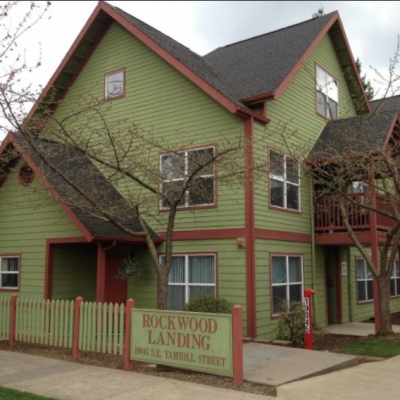
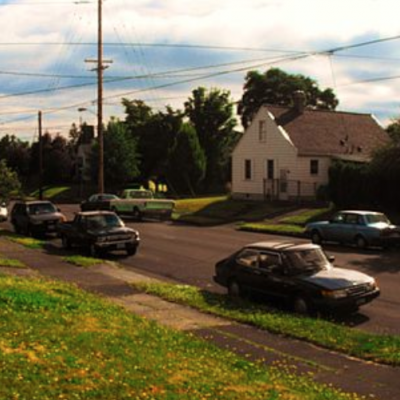
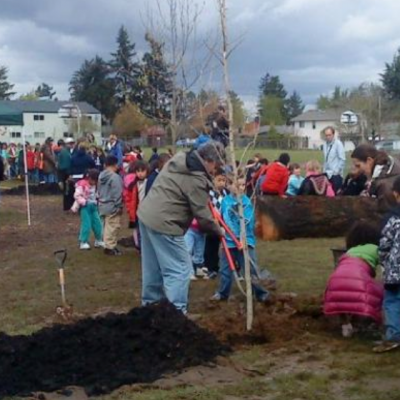
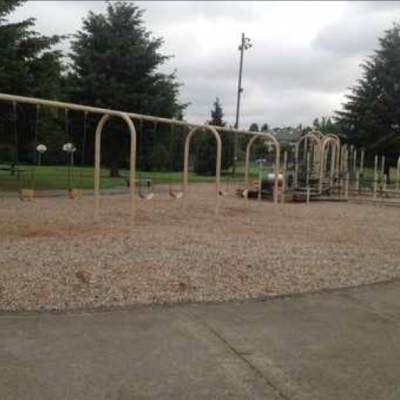
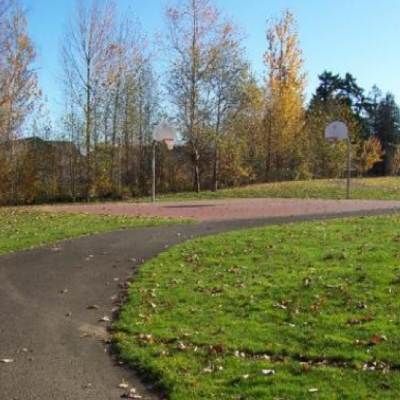
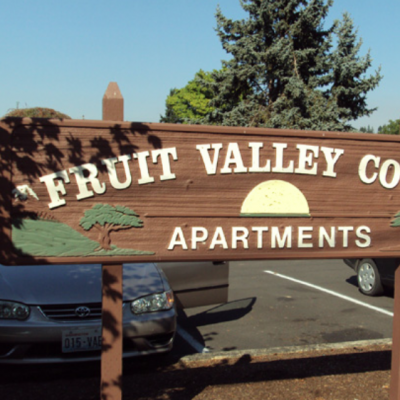


















 Delivered Free Every
Delivered Free Every
Follow us on Pinterest Google + Facebook Twitter See It Read It